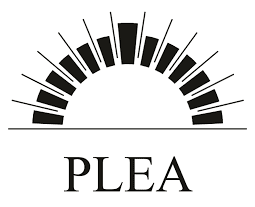Building-integrated Photovoltaics (BIPV) is one of the most promising technologies enabling buildings to generate on-site part of their electricity needs while performing architectural functionalities. A clear example of BIPV products consists of semi-transparent photovoltaic modules (STPV), designed to replace the conventional glazing solutions in building façades. Accordingly, the active building envelope is required to perform multiple requirements such as provide solar shading to avoid overheating, supply solar gains and thermal insulation to reduce heat loads and improve daylight utilization. To date, various studies into STPV systems have focused on their energy performance based on existing simulation programs, or on the modelling, normally validated by limited experimental data, of the STPV modules thermal behaviour. Taking into account that very limited experimental research has been conducted on the energy performance of STPV elements and that the characterization in real operation conditions is necessary to promote an energetically efficient integration of this technology in the building envelope, an outdoor testing facility has been designed, developed and built at the Solar Energy Institute of the Technical University of Madrid. In this work, the methodology used in the definition of the testing facility, its capability and limitations are presented and discussed.
Design, Development and Construction of an Outdoor Testing Facility for STPV Modules
This entry was posted in Conference. Bookmark the permalink.

